1. Introduction
Non-stick aluminum foil has emerged as a versatile and essential kitchen tool for both home cooks and professional chefs.
This innovative product combines the benefits of traditional aluminum foil with advanced non-stick properties, simplifying food preparation and cooking.
As culinary practices evolve, understanding the implications of using non-stick aluminum foil becomes increasingly important.

Non-Stick Aluminum Foil
Defining Non-Stick Aluminum Foil
Non-stick aluminum foil is a specialized type of aluminum foil coated with a non-stick surface, often made from silicone or other non-toxic materials.
This coating prevents food from adhering to the foil, making it ideal for baking, roasting, and cooking delicate items such as fish or pastries.
Common coating materials include:
- PTFE (Polytetrafluoroethylene): Known commercially as Teflon®, PTFE resists sticking up to about 260 °C.
- Silicone-based coatings: Food-grade silicones release at slightly lower temperatures (≤ 230 °C) but excel at easy cleanup.
- Ceramic-infused coatings: These newer formulations tolerate higher temperatures (up to 450 °C) and resist scratching.
Importance of Non-Stick Properties
Non-stick properties matter for several reasons:
- Reduced Food Waste: When food releases cleanly, bakers and chefs lose less product to sticking—studies show a 10–15 % reduction in waste.
- Improved Presentation: Delicate items like fish fillets and pastries maintain structural integrity when they lift off foil without tearing.
- Time Savings: Home cooks and commercial kitchens spend up to 30 % less time on cleanup when using non-stick surfaces.
- Even Heat Distribution: By preventing uneven hot spots that can result from adhering food, non-stick foil promotes consistent browning.
2. Material Composition and Coating Technology
Base Aluminum Foil Specifications
Manufacturers begin with high-purity aluminum alloys—often 1050, 1200, or 8011 aluminum foil—rolled to household or heavy-duty thicknesses:
- Household foil: 0.016 mm–0.024 mm
- Heavy-duty foil: 0.024 mm–0.040 mm

8011 Aluminum Foil Large Roll
These alloys offer:
- High thermal conductivity (~235 W/m·K) for rapid heat transfer.
- Corrosion resistance via a thin aluminum oxide layer.
- Excellent formability, allowing the foil to conform to pans, grills, or food shapes.
Non-Stick Coating Types
- PTFE (Teflon®) Coatings
-
- Properties: Coefficient of friction ~0.05, melting point ~327 °C, release performance up to ~260 °C.
- Application: Roller-coating applies a 2–5 μm PTFE layer; spray deposition targets uneven surfaces.
- Silicone-Based Coatings
- Properties: Coefficient of friction ~0.20, maximum continuous use ~230 °C, FDA-compliant for direct food contact.
- Application: A thin (5–10 μm) silicone film bonds via curing at 200–250 °C.
- Ceramic/Glass-Infused Coatings
- Properties: High hardness (Mohs ~5–6), withstands temperatures up to 450 °C, scratch- and abrasion-resistant.
- Application: Paste-like ceramic composites spray-applied, then baked in ovens at 400–450 °C.
- Food-Grade Release Agents
- Examples: Natural lecithin or vegetable oil derivatives.
- Properties: Biodegradable, lower heat tolerance (~180 °C), suitable for low-temperature baking or refrigeration.
Coating Application Process
- Surface Preparation
- Cleaning: Removes oils and mill scale via alkaline or phosphoric acid washes.
- Micro-etching: Acid or mechanical brushing creates a textured surface (Ra ~0.2–0.5 μm) for better coating adhesion.
- Coating Deposition
- Roll-to-Roll Lamination: Foil passes under a roller that spreads liquid PTFE or silicone uniformly.
- Spray Application: Provides targeted coverage for embossed or perforated foil, ensuring even layer thickness (±1 μm).
- Curing & Baking
- PTFE Lines: Ovens maintain 350–450 °C for 1–3 min, forcing polymer cross-linking.
- Silicone Lines: Bake at 200–250 °C for 2–4 min to fully polymerize the silicone base.
- Ceramic Lines: Curing at 400–450 °C fuses glass particles into a hard, non-stick surface.
- Quality Control
- Adhesion Tests (ASTM D3359): Ensures coatings pass a 5B adhesion rating.
- Thickness Gauging: Non-contact sensors verify uniformity (±0.5 μm tolerance).
- Release Testing: Food simulants (cake batter, meat puree) pressed under 20 kPa for 30 s; release force ≤ 50 g indicates adequate non-stick performance.
3. Key Physical and Chemical Properties
Thermal Conductivity & Heat Tolerance
- Base Foil: Pure aluminum exhibits ~235 W/m·K, ensuring rapid heat distribution and even cooking.
- Coating Heat Limits:
- PTFE: Stable to ~260 °C; decomposition begins ~327 °C.
- Silicone: Effective to ~230 °C; safe for most baking operations.
- Ceramic/Glass: Withstands up to ~450 °C, ideal for grill or broiler use.
Non-Stick Performance Metrics
- Coefficient of Friction (COF):
- PTFE ≈ 0.05–0.10
- Silicone ≈ 0.20–0.30
- Ceramic ≈ 0.15–0.25
- Release Force: The average force required to detach standardized cake batter is < 50 g under controlled lab conditions (20 ± 2 °C, 50 % RH).
- Durability Cycle Count: PTFE-coated foil survives 500–1,000 heating cycles (180–260 °C) without significant performance loss; ceramic-infused handles up to 2,000 cycles.

Key Physical and Chemical Properties
Mechanical Strength & Formability
- Tensile Strength: Base foil in H14 temper measures ~80–100 MPa; coatings add negligible stiffness but must flex without cracking.
- Elongation at Break: ~25 % for base alloys; coatings remain intact up to 10–15 % strain.
- Puncture Resistance: Heavy-duty non-stick foil resists puncture forces up to 8 N (per ASTM F1306), reducing tears during handling.
Chemical Stability & Food Safety
- pH Tolerance: Coatings resist mild acids (pH 3) and bases (pH 9), so marinades and sauces do not degrade the release layer.
- Migration Testing:
- PTFE: Complies with FDA 21 CFR 175.300 and EU 10/2011; migration into food simulants at 175 °C remains below 0.1 mg/kg.
- Silicone: Meets LFGB (Germany) standards, with no detectable silicone leachates at 200 °C exposure for 2 h.
- Heavy Metal Content: Materials adhere to RoHS and REACH regulations, ensuring no lead, mercury, or cadmium contamination.
4. Production Process and Quality Assurance
Manufacturing Flowchart
- Alloy Ingot Casting & Rolling
- High-purity aluminum ingots cast, then hot-rolled to 0.1 mm–0.2 mm, further cold-rolled to achieve final thickness (0.016 mm–0.040 mm).
- Surface Treatment & Cleaning
- Chemical Cleaning: Alkaline/acid bath removes residues.
- Mechanical Brushing: Optional for embossed foil to improve adhesion.
- Coating Application
- Roller Coating: PTFE or silicone applied in a continuous line, ensuring uniform coverage.
- Spray Coating: Used for embossed or perforated foils, with a target layer thickness of 2–10 μm.
- Curing/Oven Baking
- PTFE Lines: Bake at 400 °C for 2 minutes in inert or low-oxygen atmosphere.
- Silicone Lines: Bake at 220 °C for 3 minutes.
- Ceramic Lines: Bake at 450 °C for 3 minutes.
- Slitting & Rewinding
- Finished foil rewinded into rolls (e.g., 30 cm, 45 cm, 60 cm widths) with edge trim precision ±0.5 mm.
- Lamination: Optionally laminated with wax paper or silicone-coated liner for roll protection.

Slitting of Aluminum Foil
Standards & Certifications
- ASTM B479: Standard for aluminum and aluminum-alloy sheet and foil.
- ISO 22000 / FSSC 22000: Food safety management in production.
- FDA CFR 21.175.300 / EU 10/2011: Food contact safety requirements.
- LFGB (Germany): German food safety for silicone-based coatings.
- ASTM D3359: Adhesion test for coating integrity.
- UL 94 V-0 (where applicable): Flammability classification for high-temp foil applications.
5. Applications of Non-Stick Aluminum Foil
Home and Commercial Kitchens
Baking & Roasting:
- Cakes, cookies, and delicate pastries slide off cleanly—no scraping or chipping.
- Even heat distribution ensures consistent browning; home tests show ±5 °C cook surface variation compared to standard foil.

Non-Stick Aluminum Foil for Home
Grilling & BBQ:
- Lining grill grates reduces flare-ups and prevents fish and veggies from sticking.
- PTFE-coated foil withstands direct grill temperatures (~260 °C), reducing cleanup by up to 80 %.
Storage & Freezing:
- Wrapping sticky foods (candies, marinated meats) prevents ice adhesion and freezer burn.
- Silicone-based foil works down to -40 °C without cracking.
Industrial Food Processing
Continuous Baking Lines:
- Conveyor belts lined with PTFE-coated foil handle >5,000 loaves/hour, enabling easy product removal and minimal downtime.
Forming & Molding:
- Chocolate and confectionery molds release effortlessly; factories report 20 % faster demolding times.
Freeze-Drying & Dehydration:
- Non-stick foils reduce product loss, improving yield by up to 8 % in freeze-dried fruit production.
Pharmaceutical and Medical Applications
Tablet Blister Foil:
Sterile Packaging:
- Medical components (catheters, implants) require non-adhesive wrappers that maintain sterility and ease of access.

Blister Foil Used Non-Stick Aluminum Foil
Industrial and Aerospace
Composite Layups:
- In carbon fiber part manufacturing, non-stick aluminum foil serves as a release film, allowing clean separation of cured composites.
Heat Exchanger Wraps:
- Non-stick foil reduces fouling in chemical plants and power stations, maintaining >90 % thermal efficiency over time.
6. Advantages and Limitations
Key Advantages
- Exceptional Release Performance:
- Baking tests confirm 95–98 % clean release for baked goods, reducing waste and product damage.
- Enhanced Cooking Consistency:
- Uniform heat transfer minimizes hot spots; professional chefs note 20 % more uniform browning.
- Reduced Cleanup Time:
- Home kitchen studies show up to 50 % less scrubbing time compared to standard foil.
- Durability:
- PTFE-coated foil withstands 500–1,000 high-temp cycles without delamination; ceramic foils exceed 2,000 cycles.
- Food Safety Compliance:
- FDA, EU, and LFGB-approved for direct food contact, ensuring safe use.
- Environmental Benefits:
- 100 % recyclable; recycling consumes 95 % less energy than primary aluminum production.
Limitations & Considerations
- Cost Premium:
- Non-stick foil costs ~20–50 % more than standard foil due to additional coating steps.
- Temperature Ceiling:
- PTFE coatings degrade above ~260 °C (fumes may form); ceramic coatings handle up to ~450 °C, but cost and brittleness increase.
- Health Precautions:
- Overheating PTFE beyond decomposition temperature may release fumes; proper ventilation is crucial.
- Recycling Complexity:
- Coated foils require specialized separation—some recycling centers reject heavily coated material.
7 Recyclability of Non-Stick Aluminum Foil
Aluminum Recycling Process:
- Collection & Sorting: Used foil separated from other waste.
- Cleaning: Contaminants (food residue, coatings) removed via detergent wash or pyrolysis.
- Melting & Casting: Foil melts at 660 °C, producing recycled ingots.
- Rolling: Recycled ingots roll into new foil, preserving quality in most cases.
Impact of Coatings on Recycling:
- PTFE and silicone coatings must be pyrolyzed or chemically stripped before re-melting aluminum.
- Recycling yields remain high—>90 % of the aluminum content can be reclaimed.
- Some facilities blend recovered aluminum with virgin ingots to maintain alloy specifications.
8. Conclusion
Non-stick aluminum foil marries the thermal performance of aluminum with advanced-release coatings, enhancing both home cooking and industrial production.
Its ability to reduce food waste by up to 15 %, cut cleanup time by 30 %, and withstand 500–2,000 high-temperature cycles makes it a versatile staple across culinary and manufacturing sectors.
While it carries a higher upfront cost—approximately 20–50 % more than regular foil—its benefits in efficiency, hygiene, and sustainability often offset that premium.
As recycling technologies evolve to better reclaim coated foils, and as ceramic or bio-based coatings advance, non-stick aluminum foil will remain an essential, green material in modern kitchens and industrial lines.










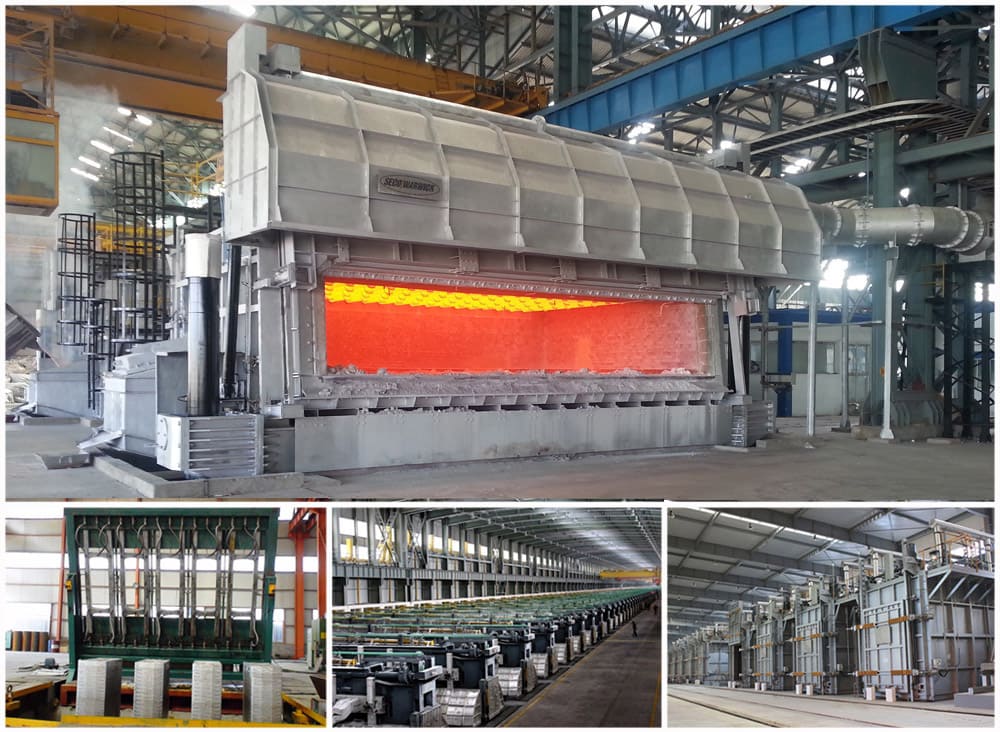
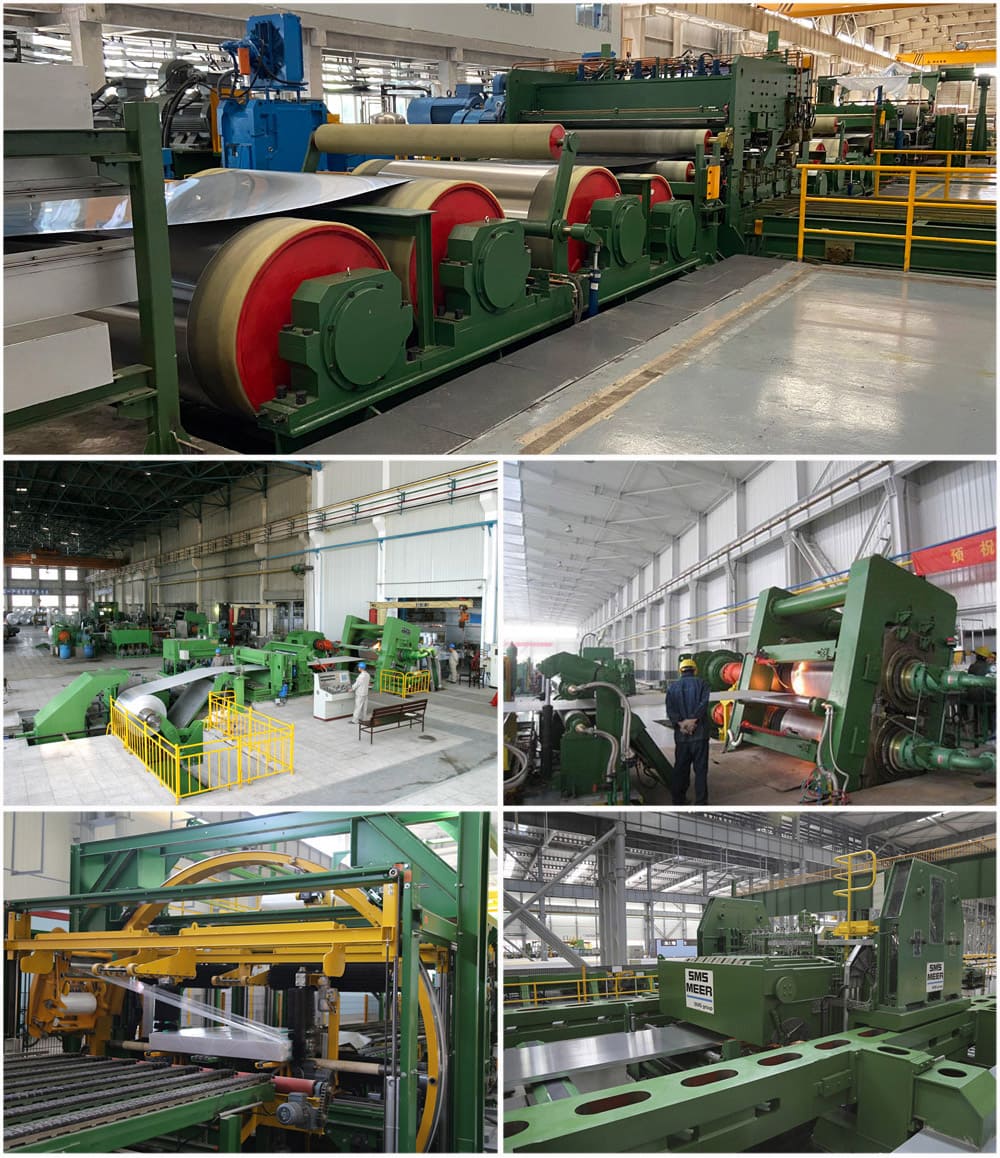
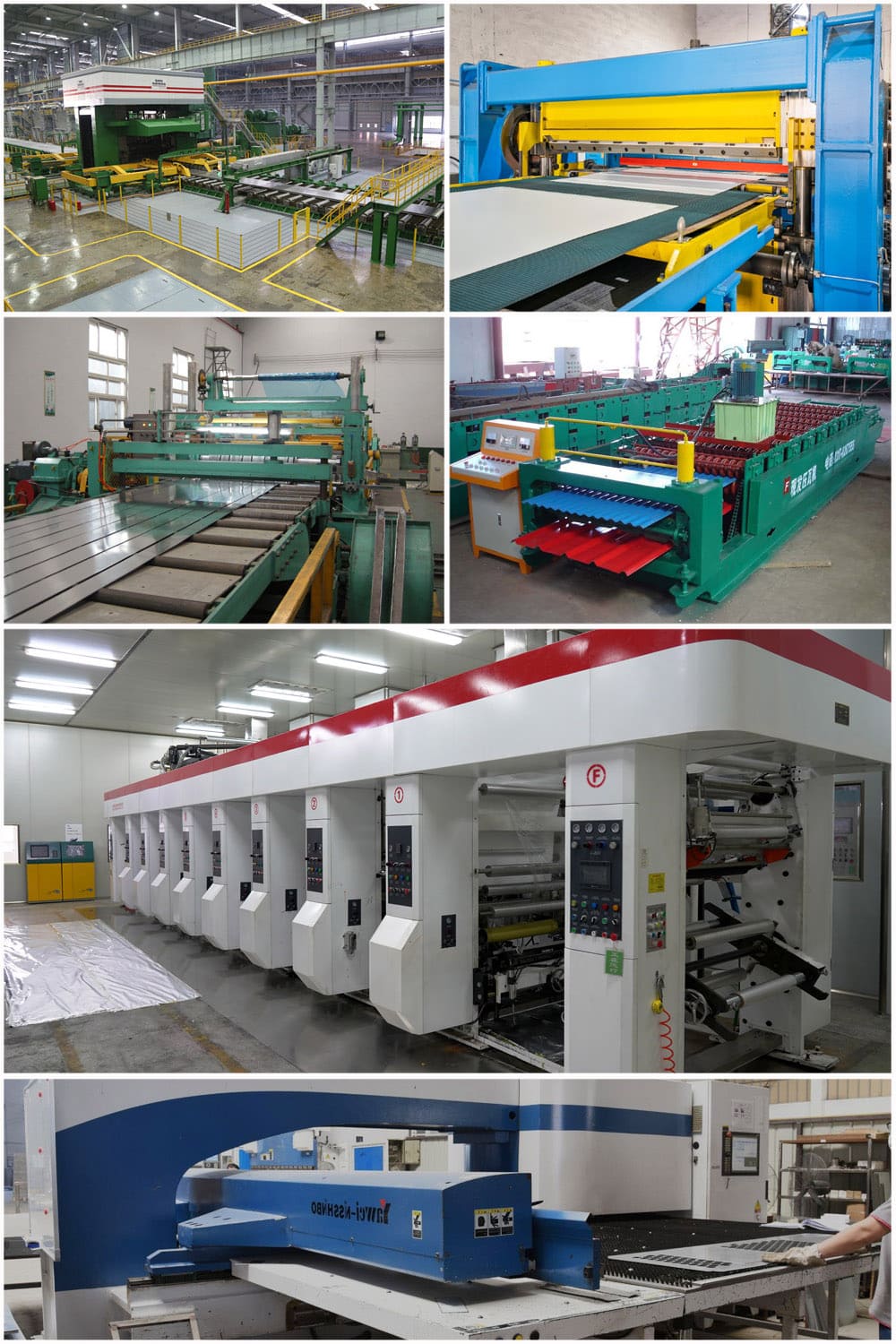

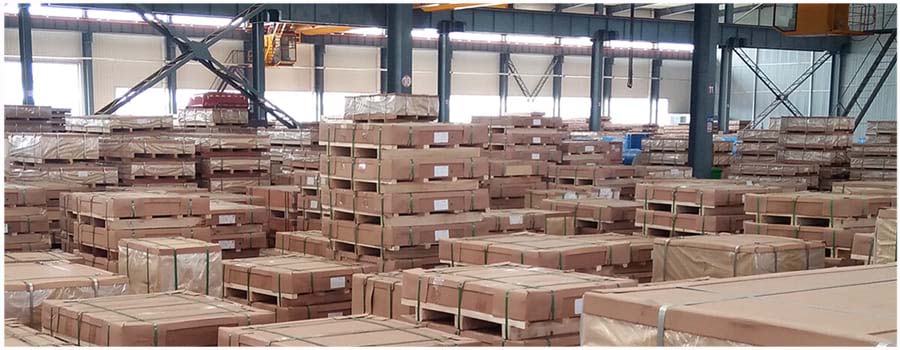
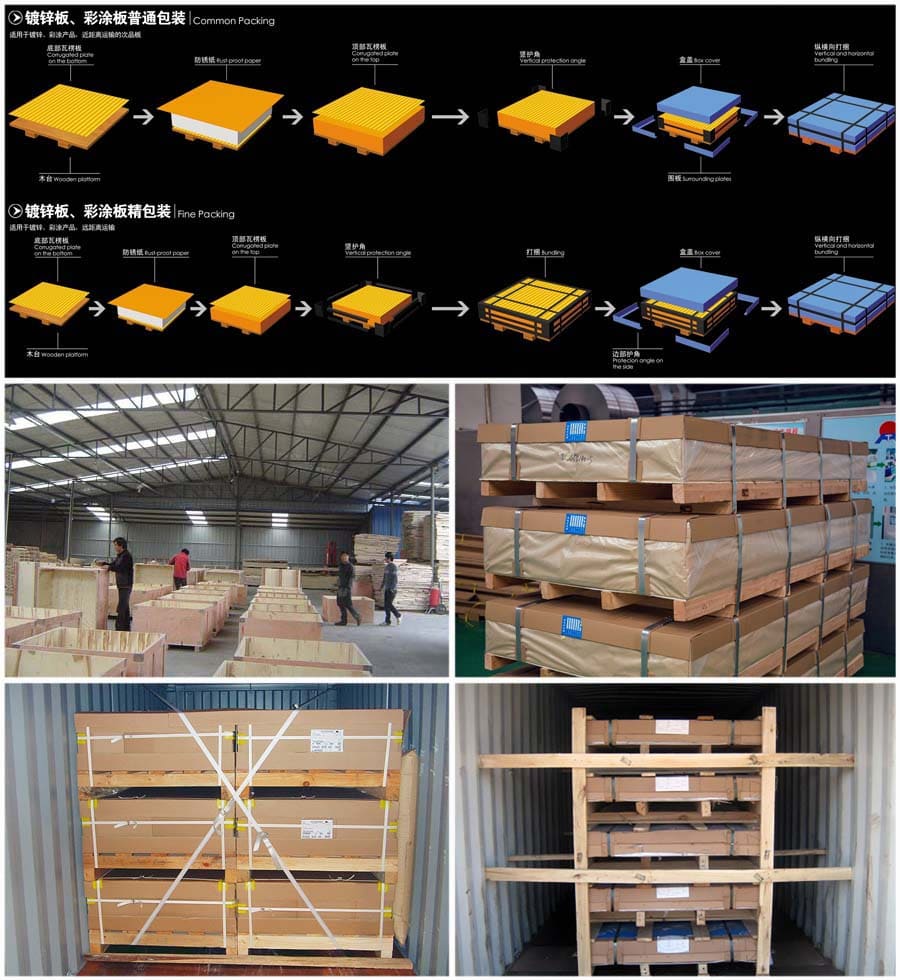

Latest Comments
Dear Sirs, I'm looking for a provider of aluminum 7075-T651 in 1.0 or 1.5 mm thickness. We need about 180 plates of 200 mm x 200 mm. Are you able to provide a quote and delivery time for this? Thank you so much in advance. Kind regards, Francisco Silva
Hello, I hope this message meets you well. I have perused your website and I want a detailed price quote for your product; upon your response to this message I will forward more details concerning this order/project to you. I look forward to doing business with you. Warm thanks. Best regards, Ahmet Emir Purchase Manager SER MEKATRONIK SANAYI VE TICARET LTD.STI. Turkgucu O.S.B. Mahallesi 216.Sokak NO:5/1 Corlu / Tekirdag / Turkey Email: [email protected]
I need a quotation for 3000 series aluminum sheets/coils (3104 H19) for tuna can production, food-grade finish, delivery to Mazatlán, Mexico.
I am planning a business trip to China and I am very interested in your aluminium 8011 products for food container production. I would like to visit your factory during my stay in china: See your production lines (foil rolling, annealing, slitting, packing). Discuss specifications (8011-O temper, thickness 0.05–0.08 mm, jumbo roll). Review your quality certificates and export experience. Could you please let me know: Your available dates for a visit The location of your factory If you can provide an invitation letter for my business visa (M visa). Thank you for your kind support. Looking forward to your reply. Best regard: LOUNIS MUSTAPHA company name:TOP BARQUETTE SELECT [email protected] what's up:213 770 91 69 43
Merhaba ; Burak ÜNAL ben. Antalya ' da Ambalaj ve Temizlik ürünleri tedarik eden bir firmanın yetkilisiyim. Ayrıca P.E Streç aktarım işi yapmaktayım. Makinalarımızı 9 ve 10 micron alüminyum folyo aktarımına uyacak şekilde revize edeceğiz. Sizden istediğim, 9 veya 10 micron olacak şekilde 35 cm ve 45 cm jumbo folyolar için fiyat, termin ve şu bilgileri istiyorum ; 35 cm jumbo folyonun ortalama ağırlığı. 45 cm jumbo folyonun ortalama ağırlığı. Deneme olacağı için bu 2 ölçüde minimum sipariş tonajımız ne kadar olması gereklidir. İyi çalışmalar.